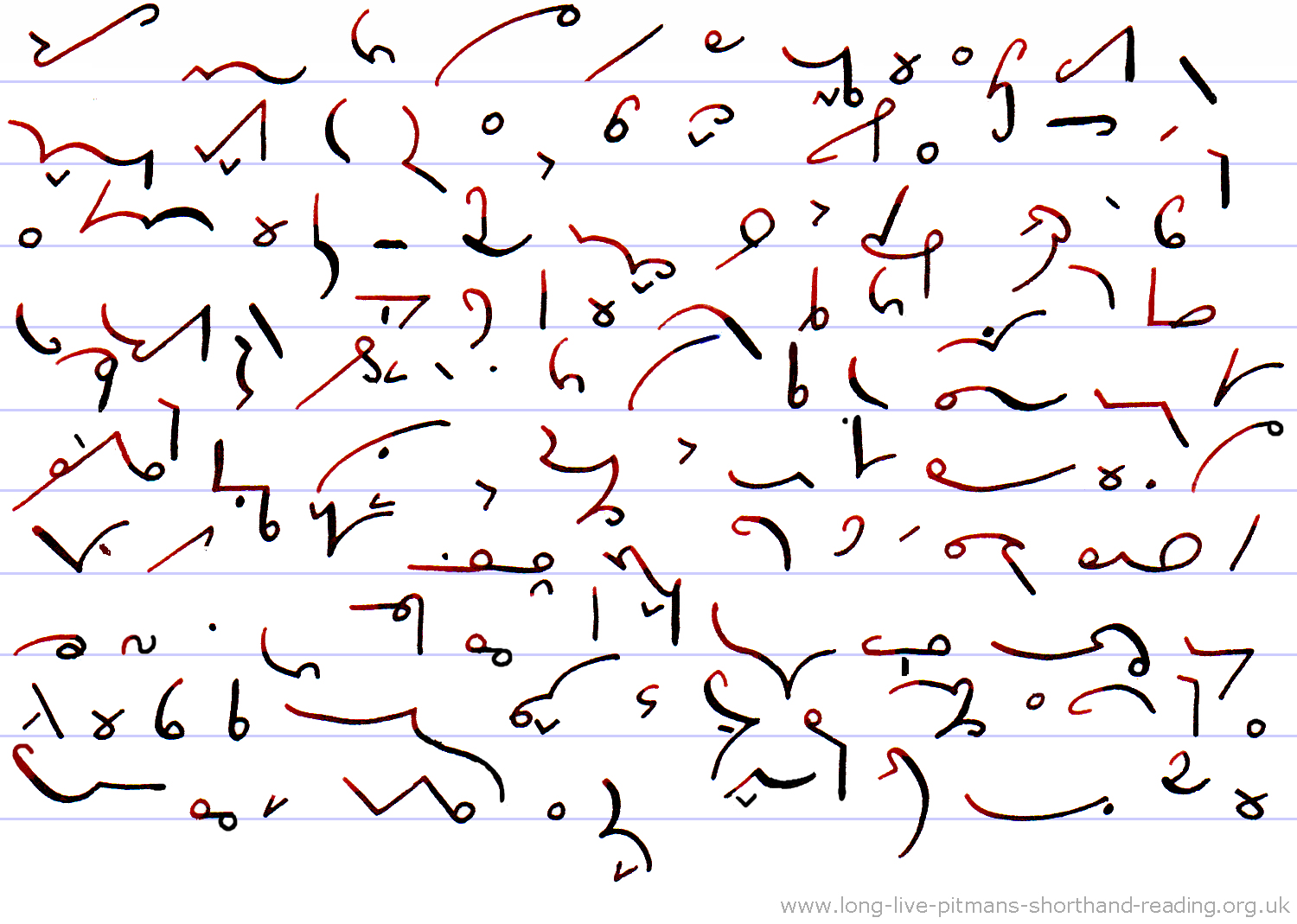
I wonder how many thank you letters are sent nowadays. As children we had to be reminded to write them, especially as, to the child’s mind, yesterday is gone and today is much more important*. It was good training to remind ourselves of the generosity and friendship of others, even if we had to be coached through it. Maybe it is the thank you email* or text message today, although the recipient of a thank you letter does have something to keep, which will resurface decades later, to the astonishment* of the now adult sender*. The letters below are the ideal excuse to provide very short and simple sentences which means you have a few extra seconds at fairly close intervals to catch up. This does interfere slightly with the overall speed measurement, as more of it is blank seconds, but the purpose is easier writing and therefore neater shorthand.
Comments
Post a Comment